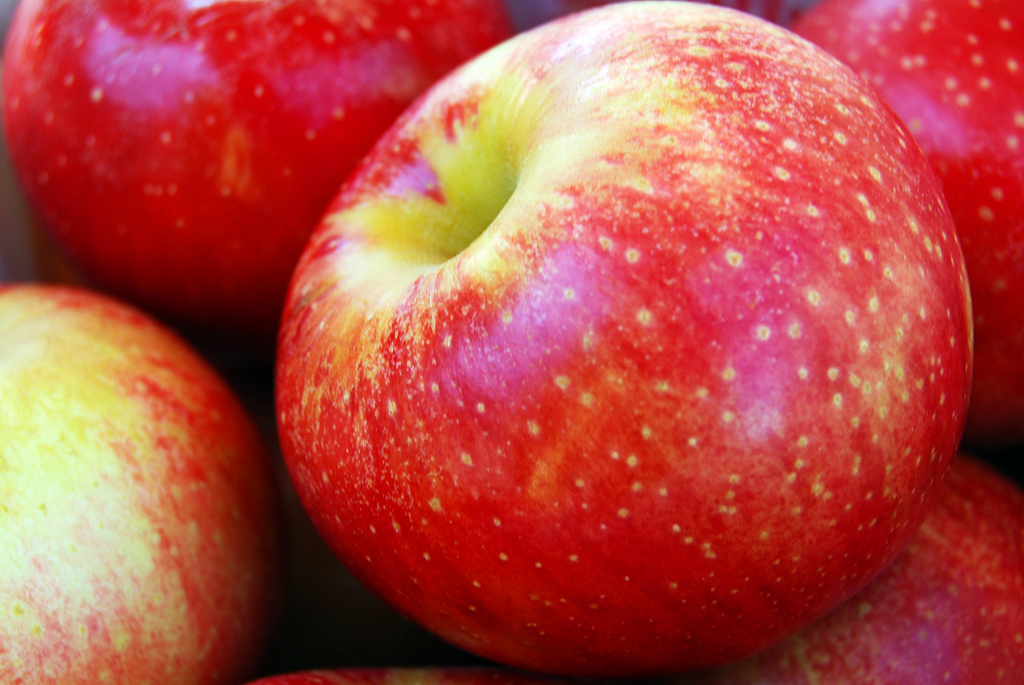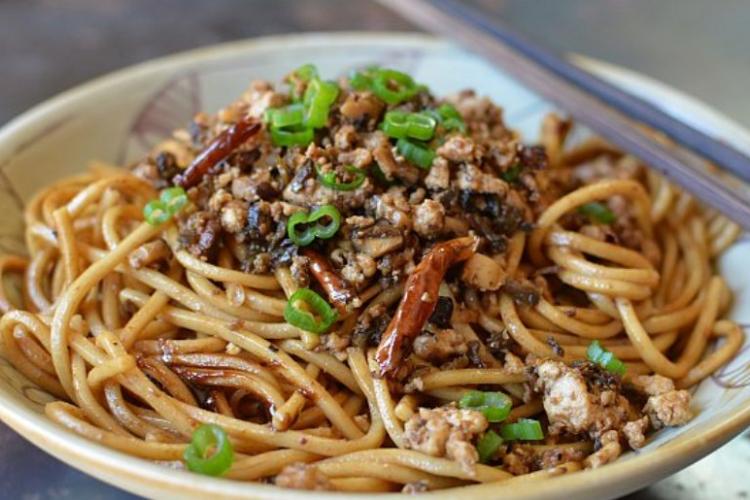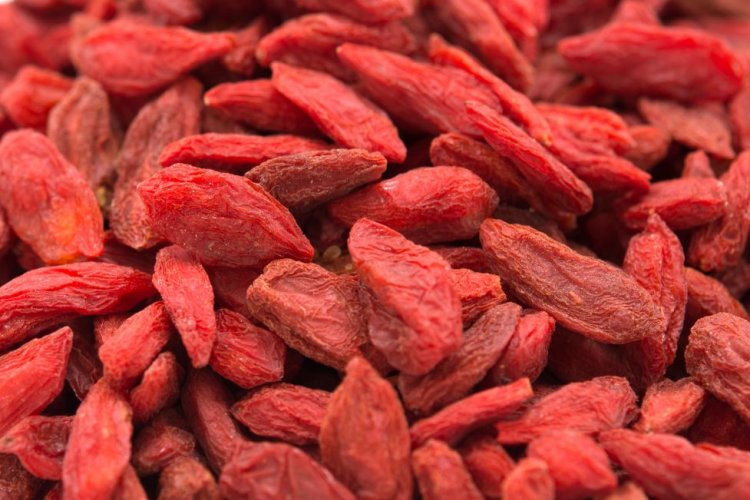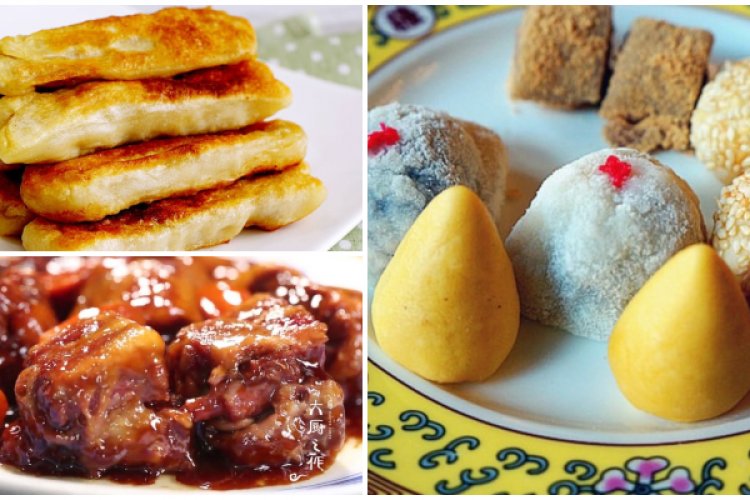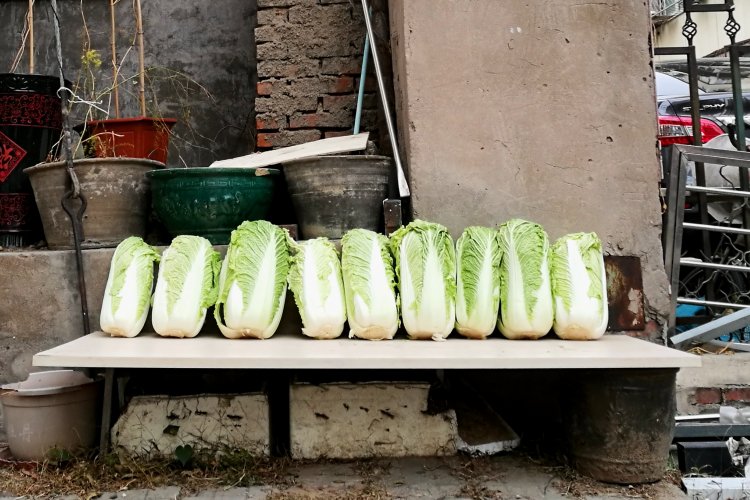Wokipedia: A is for...
In Wokipedia, we introduce aspects of Chinese gastronomy, one letter at a time. In this edition, 'A' gets the epicurean treatment...
Abalone 鲍鱼 (bàoyú)
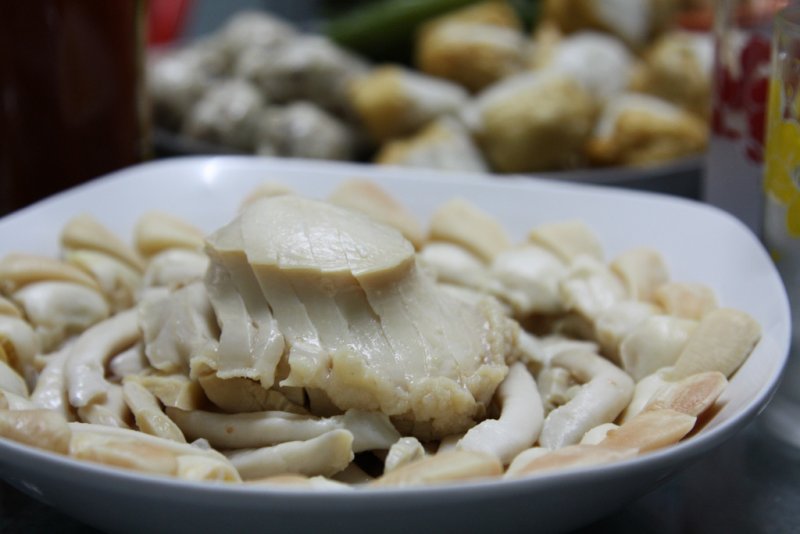
Non-Asian diners may never have encountered abalone, the gastropod with the shiny shell. It’s definitely an acquired taste: anyone sensitive to texture may find this among the chewiest items they’ve ever put in their mouth, especially if it’s served whole in all of its gray-brown glory. Unlike its frequent menu neighbor, shark fin soup, some species of abalone are considered sustainable, and due to market demand, many types are farmed in China, Australia, Mexico, and the United States. If it’s served to you at a banquet, eat it because your hosts spent quite a lot of money on it.
Almond 杏仁 (xìngrén)

Native to western Asia, the almond hasn’t replaced the peanut as China’s most popular nut yet. While it’s not processed into cooking oil the way peanuts are (almonds in China are far too expensive for that), it does come in a delicious form here not common in the West: almond milk. Served at restaurants in cans and at swankier convenience store outlets in elegant box form, it’s a sweet treat.
As for desserts, the nut can be coaxed into almond cookies and delicious almond tofu – so named because it resembles tofu and not because it’s made from it. The Huimin sometimes use almond in their “tea soup” (茶汤 chátāng). The fragrant, nutty flavor makes the paste of roasted ground millet, hot water, and sugar that much more tantalizing.
Apple 苹果 (píngguǒ)

The humble apple isn’t native here, but China now produces about half of the world’s supply.Chinese youth began celebrating Christmas Eve – AKA “peaceful night” (平安夜 píng'ān yè) – by gifting their friends with apples, or pingguo. Get it? It’s not the apple itself that is significant in Chinese cuisine, but instead how it is used. One Chinese dessert favorite is basi pingguo where sliced apples are stir-fried in caramelized sugar long enough to coat them, and are then served quickly along with a bowl of cool water. It’s then a race to eat the napalm-hot treat before the cooling sugar fuses the apples to the plate permanently. The best apples you’ll ever eat are organic ones from Xinjiang. Look for them at markets in mid-autumn.
Apricot 杏 (xìng)

China is one of the few places where this small, sweet fruit can be cultivated. It’s actively grown in the Beijing area with apricot trees providing flowers, fruit, and shade on streets, in backyards, and around courtyards. The fruit can be enjoyed both when it’s green and the size of a fingernail (a sour treat) or when it’s around racquetball-size, yellow, and very sweet. Provided they haven’t been sprayed with chemicals or pesticides, eat them right off the tree.
Àiwōwo 艾窝窝

Yet another iteration of the sticky-rice-with-sweet-filling combination so common to Asian sweets. This classic of the Beijing snacks pantheon features a soft, chewy exterior that might house a crumbly dollop of sesame, red bean, date (or jujube), taro, walnut or some combination thereof. It’s rolled into a little white ball, then often topped with either a raisin or a chunk of haw jelly for that cute-as-a-button finish.
Azuki bean 红豆 (hóngdòu)
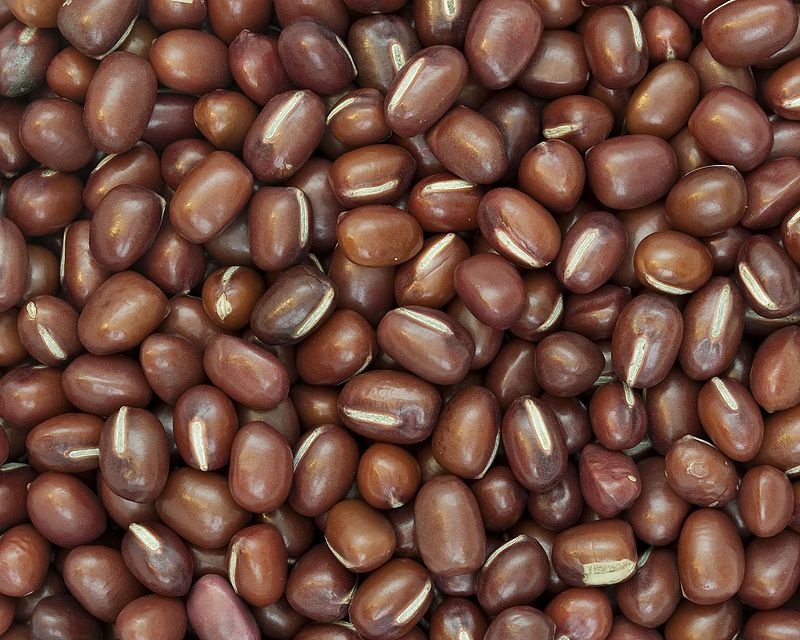
This is the fancier (and these days, somewhat trendier) name for the humble red bean that dominates so many Chinese sweets. Many a diasporic child has lamented the discovery of red bean in a pastry they believed to contain chocolate. Good thing is, unlike its butter and sugar-laden counterpart in the West, it’s a great source of both iron and folic acid. Here, red beans show up in way more than just pastries. They’re coated and deep fried to outstanding effect at Yunnan restaurants, studded in ice pops, or even topped on cupcakes. In Japan, Pepsi released an azuki bean-flavored beverage. Bottoms up!
READ: Discovering the Art of Mindful Eating
Photos: Cheon Fong Liew (Flickr), Harsha K R (Flickr), Alice Henneman (Flickr), Paul Asman and Jill Lenoble (Flickr), Wikimedia Commons

